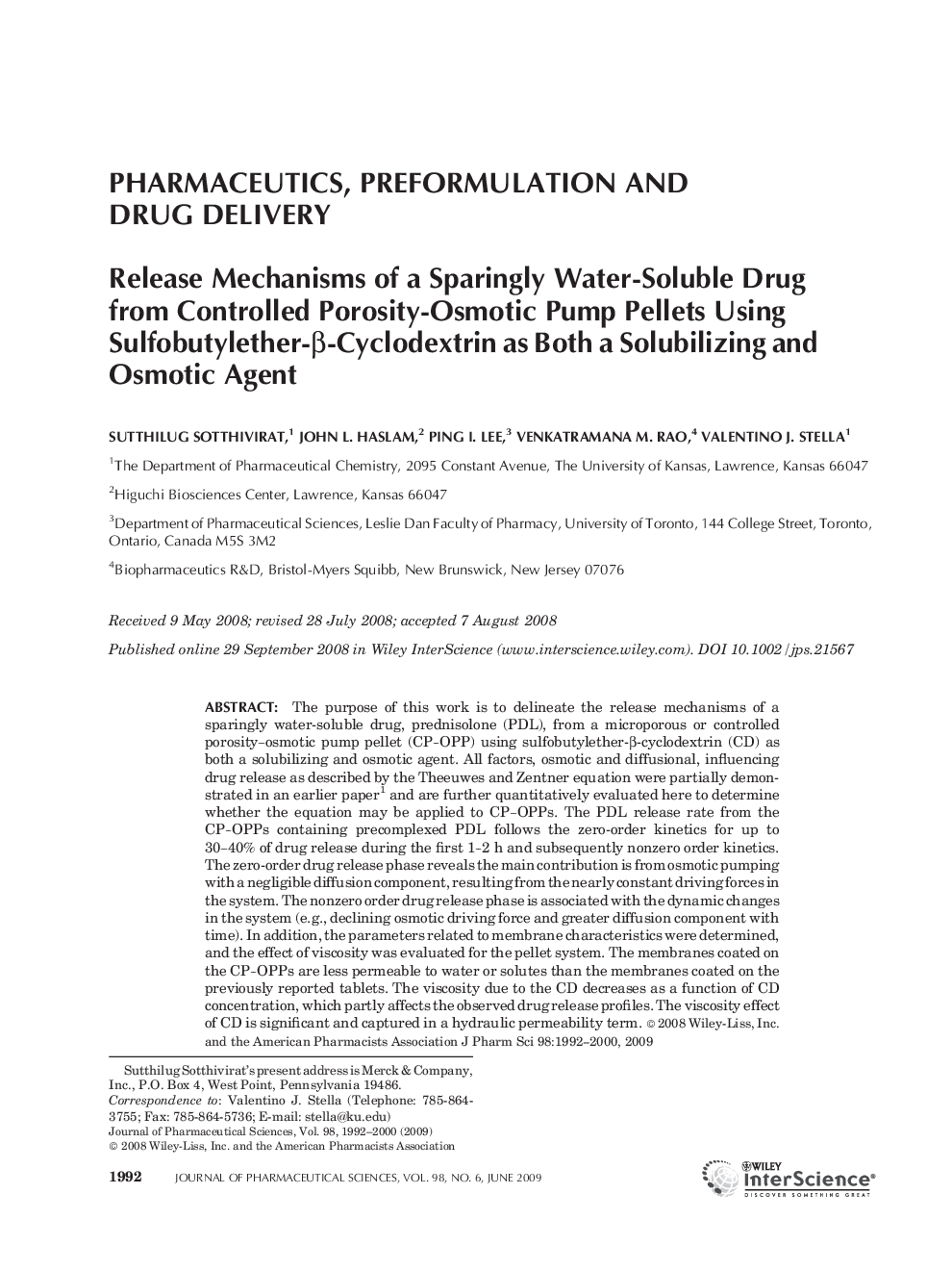| Article ID | Journal | Published Year | Pages | File Type |
|---|---|---|---|---|
| 2486995 | Journal of Pharmaceutical Sciences | 2009 | 9 Pages |
Abstract
Solid lipid microparticles (SLMs) loaded with high amounts of the sunscreen agent, butyl methoxydibenzoylmethane (avobenzone) were prepared in order to reduce its photoinstability. The microparticles were produced, using carnauba wax as lipidic material and phosphatidylcholine as the surfactant, by the classical melt dispersion method or the spray congealing technique with pneumatic atomizer. The sunscreen agent loading was 40.1-48.5% (w/w), with no significant differences between the production methods. However, release studies indicated that spray congealing enabled a more efficient modulation of avobenzone release from the SLMs (26% of encapsulated avobenzone released after 2 h as compared to 60% for melt dispersion). The photoprotective efficacy of the SLMs was evaluated after their introduction in a model cream. A statistically significant decrease of the light-induced degradation of avobenzone was obtained by the SLMs prepared by the melt dispersion procedure (the extent of degradation was 38.6 ± 3.6% for nonencapsulated avobenzone and 32.1 ± 4.3% for the microparticle-entrapped sunscreen). On the other hand, the SLMs produced by spray congealing achieved a more marked reduction in avobenzone photodecomposition to 15.4 ± 4.1%. Therefore, the spray congealing technique was superior to the classical melt dispersion method for rapid and solvent free production of SLMs with a high avobenzone loading capacity. © 2008 Wiley-Liss, Inc. and the American Pharmacists Association J Pharm Sci 98:2759-2769, 2009
Keywords
Related Topics
Health Sciences
Pharmacology, Toxicology and Pharmaceutical Science
Drug Discovery
Authors
Beatrice Albertini, Matteo Mezzena, Nadia Passerini, Lorenzo Rodriguez, Santo Scalia,
